Body Safety 101
A caregiver's guide to empowering your child and safe body boundaries
Safe Caregivers & Safe SituationsYou can take steps to surround children with safe caregivers in safe environments.
|
Educating &
|
Warning Signs & Responding to DisclosureWhile not always present there are a few common warning signs to take note of.
|









